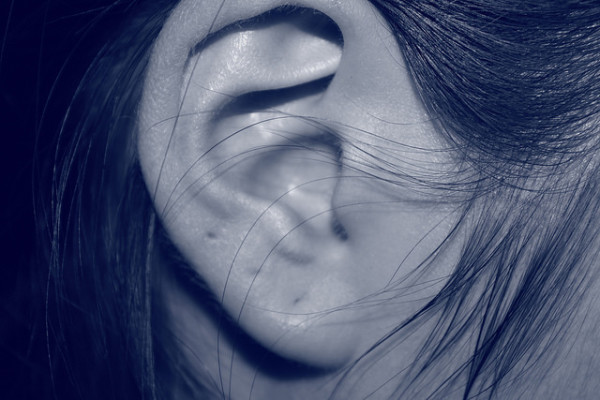Auditory perception, or hearing, is an amazing phenomenon. From listening to your favorite band live in concert to hearing a baby’s first words, your ears help you to fully experience incredible life events. The ear consists of several important structures that work together to convert noise signals from the environment into electrical signals that the brain can interpret and understand as sound.
A sound produced in the external environment creates sound waves that travel through the air at a speed of about 340 meters per second to enter the ear canal. Eventually, the waves hit the eardrum, also known as the tympanic membrane. The ear canal and ear drum together form the outer ear.
Behind the eardrum lie the bones of the middle ear, also called the ossicles. There are three bones here, namely the malleus, the incus, and the stapes. The vibrations from the eardrum move the small ossicles towards the inner ear, causing the last bone, the malleus, to hit the cochlea. The cochlea is the main structure of the inner ear. It is filled with fluid and covered by an elastic membrane. When hit by the malleus, the fluid within the cochlea forms waves which move the neighboring hair cells. Hair cells, despite their name, are not related to hair at all. They are actually sensory cells of the nervous system, and their name is derived from their visual similarity to hair bristles.
Image Source: Fred Tanneau
As the hair cells ride the wave of cochlear fluid, they bump against the membrane inside the cochlea and tilt from one side to the other. This movement allows for the initiation of an electrochemical signal which travels to the brain, transforming into a signal the brain can understand.
Hearing aids take advantage of the functions of the structures of the ear. Often, hearing loss is associated with degradation of hair cells, which interfere with the formation of the electrical signal. This can happen with age but also from overexposure to loud noise as well as heredity. Hearing aids work by combining a microphone that detects noise from the environment, and an amplifier that magnifies the vibrations of the sound entering the ear. Thus, despite having damaged hair cells, the patient can use the remaining hair cells to regain most of their hearing.
The process of hearing is a complex but intriguing mechanism. By learning more about it, we can preserve our hearing longer and begin to design devices that not only ease hearing loss, but perhaps, cure it and reverse it completely.
Feature Image Source: Ear by Naika Lieva










